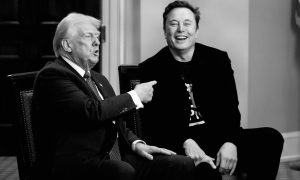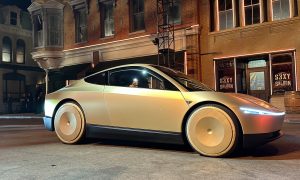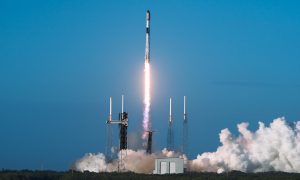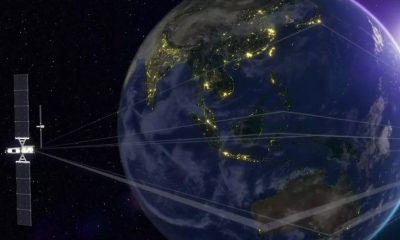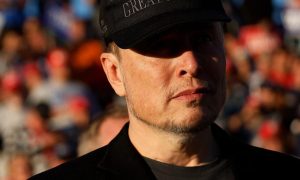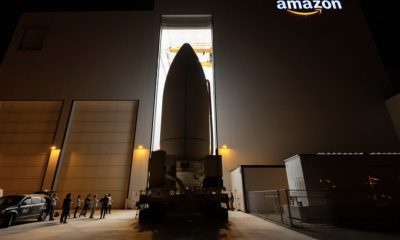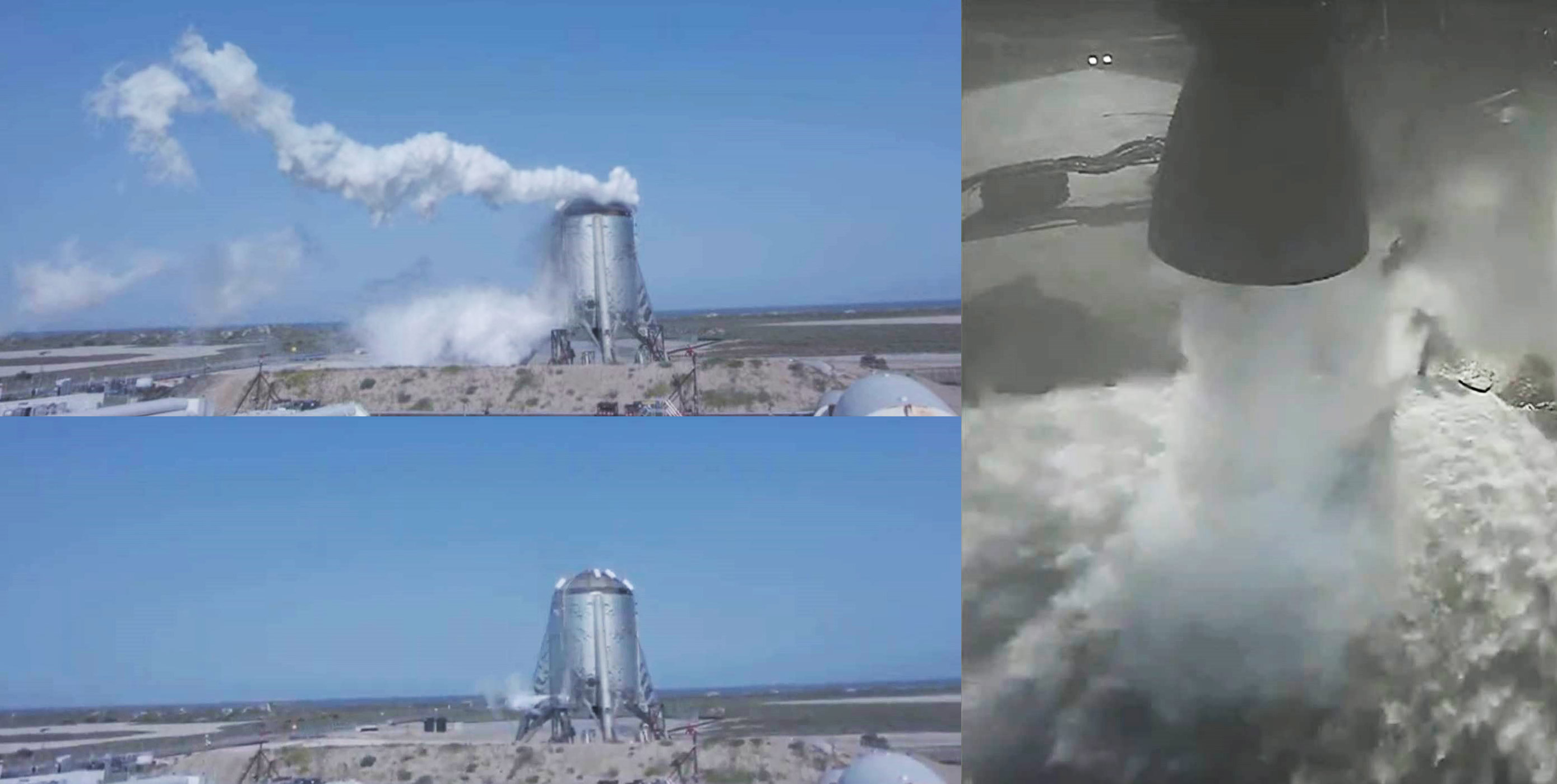

News
SpaceX scrubs Starhopper’s final Raptor-powered flight as Elon Musk talks “finicky” igniters
For unknown reasons, SpaceX’s Starhopper prototype suffered a hold just 0.8 seconds prior to its second planned flight test, a hold that was eventually followed by a decision to scrub the August 26th attempt and try again tomorrow, August 27th.
Starhopper is a full-scale, partial-height testbed for SpaceX’s next-generation Starship launch vehicle, serving more as a semi-mobile test stand for steel rockets and Raptor engines than an actual Starship prototype. The unusual vehicle took flight for the first time ever on July 25th, reaching an altitude of roughly 20m (65 ft) under the power of a single Raptor engine, capable of producing up to 200 tons (450,000 lbf) of thrust. That test also suffered a minor scrub on the 24th, followed by a successful flight one day later, a chapter that Starhopper may now mirror on its second attempted flight, a 150m (500 ft) hop.
Notably, SpaceX CEO Elon Musk took to Twitter just seconds after the rocket’s scheduled liftoff suffered a last-second hold to indicate that Raptor’s torch igniters were proving somewhat finicky relative to the chemical alternative used by SpaceX’s proven Merlin engines.
The CEO later confirmed that that comment was directly related to the 26th’s scrub, indicating that Raptor serial number 06 (SN06) needed to have its igniters inspected prior to a second hop test attempt, now scheduled to occur no earlier than 6pm EDT (22:00 UTC) on August 27th. The gist of the difficulties with Raptor’s igniter starts with the reason that SpaceX is attempting to integrate an entirely new form of ignition into the engine, replacing the methods successfully used over tens or even hundreds of thousands of seconds of firing with the company’s Merlin 1 and Merlin Vacuum engines.
Merlin 1D and MVacD both rely on a relatively simple, reliable, cheap, and easy method of chemical ignition, using a duo of pyrophoric materials known as triethylaluminum-triethylborane (TEA-TEB). When mixed, these materials immediately combust, generating an iconic green flash visible during Falcon 9 and Heavy launches, and thus producing the ‘spark’ needed to start Merlin engines.
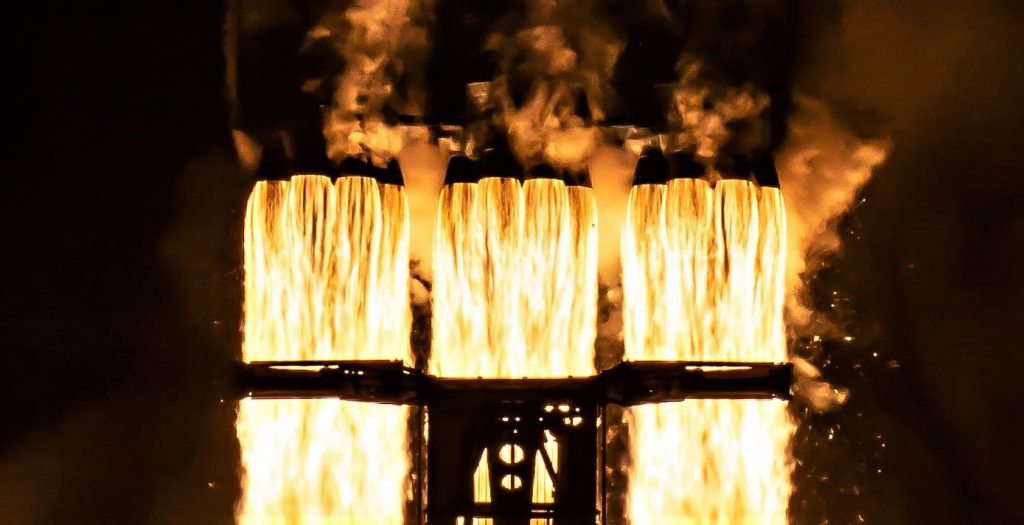
Generally speaking, TEA-TEB is an excellent method of igniting rockets, even if it is more of a brute-force, inelegant solution than alternatives. It does, however, bring limitations: every single ignition requires a new ‘cartridge’ be expended, fundamentally limiting the number of times Merlin 1D (and Merlin Vacuum) engines can be ignited before and after liftoff.
This doesn’t even consider the fact that TEA-TEB are extremely complex chemical products that would be next to impossible to produce off of Earth, at least for the indefinite future.
To combat these downsides, SpaceX has designed Raptor with an entirely different method of ignition, known as torch ignition. Technically speaking, Raptor’s power, design, and methalox propellant combine to demand more than a relatively common solution, in which spark plugs are used to ignite an engine. Instead, Raptor uses those spark plugs to ignite its ignition sources, what CEO Elon Musk has described as full-up blow torches. Once ignited, those blow torches – likely miniature rocket engines using the same methane and oxygen fuel as Raptor – then ignite the engine’s methane and oxygen preburners before finally igniting those mixed, high-pressure gases in the combustion chamber.
In simple terms, the fact that Raptor is a full-flow staged-combustion (FFSC) engine means that the pressures it must operate under are extreme, verging on unprecedented in large-scale rocketry. Extremely high-pressure gases (on the order of 3,000-10,000+ psi or 200-700+ bar) are just as difficult to reliably ignite, especially if hypergolic solutions (i.e. TEA-TEB) are off the table.
To get an even ignition – critical to avoid burn-through, minor explosions, and even catastrophic engine failures – Raptor’s torch ignition may actually involve a 360-degree ring of spark plug-lit torches around the point of ignition, an undeniably complex solution.
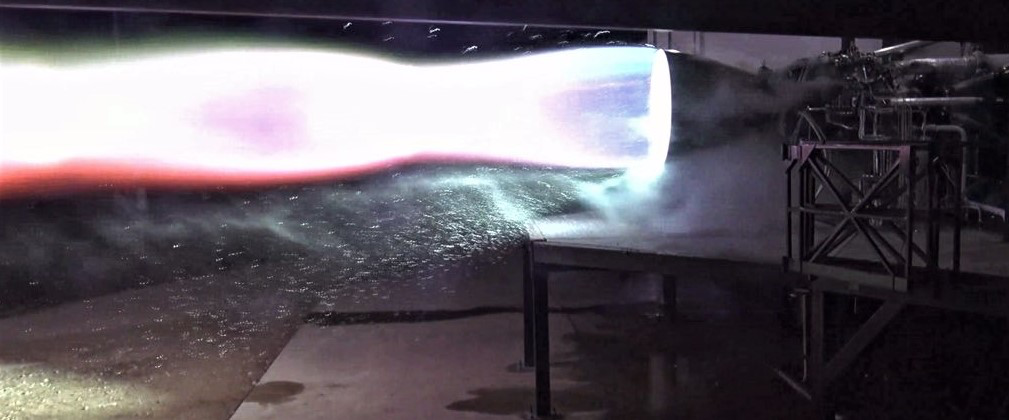
However, as Musk notes, these significant, “finicky” challenges brought on by Raptor’s exotic ignition method are motivated by the potential benefits such a solution might bring. Relative to Merlin 1D’s TEA-TEB ignition, torch ignition – once optimized and matured into a reliable solution – will permit an almost unlimited number of Raptor ignitions before, during, and after flight.
Avoiding TEA-TEB and other complex chemical igniters also means that Starship will technically be able to launch to Mars or the Moon, perform injection and landing burns, maybe even hop around the surface, and still be able to return to Earth – all without resupply. Such a return voyage would still be predicated on the ability to generate the methane and oxygen propellant needed to fuel Starships, but – assuming that challenge can be solved – torch-lit Raptors would be ready for such a mission. In the event that, say, something like August 26th’s scrub happens to a Starship on Mars, the crew would also be able to get out, inspect Starship’s Raptors, and even replace faulty spark plugs if necessary.
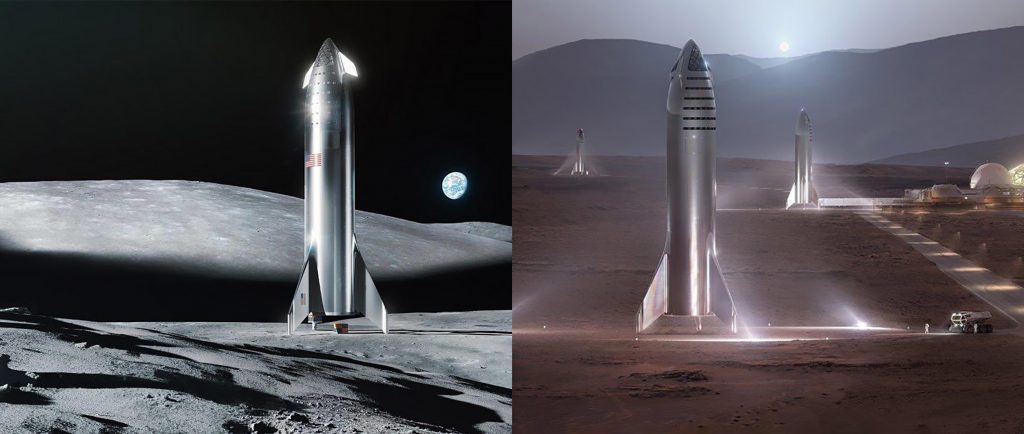
Technically, one could bring lots of spare TEA-TEB cartridges and install those in space or after landing, but those cartridges are quite literally firebombs waiting to ignite, whereas spare spark plugs are entirely inert.
For now, we’ll have to wait for SpaceX technicians to get their eyes and hands-on Starhopper’s lone Raptor engine to verify that its ignition hardware is in good health. If all goes well, Starhopper will attempt its final flight test as early as August 27th.
Update (August 27th): Starhopper is reportedly set for a second attempted 150m (500 ft) flight test today, scheduled to occur no earlier than 5pm EDT (21:00 UTC) on August 27th. Stay tuned for SpaceX’s official Livestream!
Check out Teslarati’s Marketplace! We offer Tesla accessories, including for the Tesla Cybertruck and Tesla Model 3.
Elon Musk
Elon Musk is now a remote DOGE worker: White House Chief of Staff
The Tesla and SpaceX CEO Elon Musk is no longer working from the West Wing.
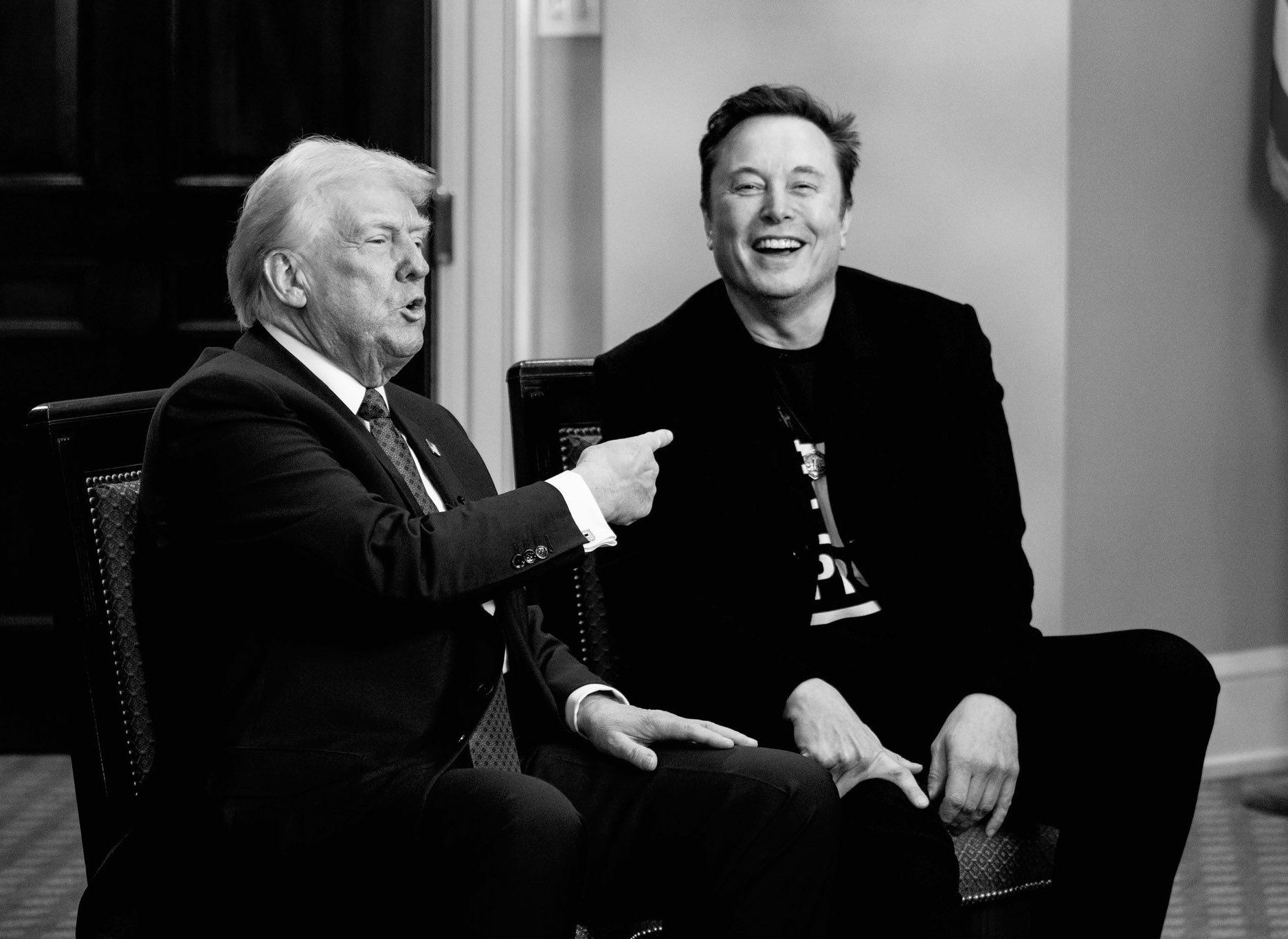
In a conversation with the New York Post, White House Chief of Staff Susie Wiles stated that Tesla and SpaceX CEO Elon Musk is no longer working from the West Wing.
As per the Chief of Staff, Musk is still working for DOGE—as a remote worker, at least.
Remote Musk
In her conversation with the publication, Wiles stated that she still talks with Musk. And while the CEO is now working remotely, his contributions still have the same net effect.
“Instead of meeting with him in person, I’m talking to him on the phone, but it’s the same net effect,” Wiles stated, adding that “it really doesn’t matter much” that the CEO “hasn’t been here physically.” She also noted that Musk’s team will not be leaving.
“He’s not out of it altogether. He’s just not physically present as much as he was. The people that are doing this work are here doing good things and paying attention to the details. He’ll be stepping back a little, but he’s certainly not abandoning it. And his people are definitely not,” Wiles stated.
Back to Tesla
Musk has been a frequent presence in the White House during the Trump administration’s first 100 days in office. But during the Q1 2025 Tesla earnings call, Musk stated that he would be spending substantially less time with DOGE and substantially more time with Tesla. Musk did emphasize, however, that DOGE’s work is extremely valuable and critical.
“I think I’ll continue to spend a day or two per week on government matters for as long as the President would like me to do so and as long as it is useful. But starting next month, I’ll be allocating probably more of my time to Tesla and now that the major work of establishing the Department of Government Efficiency is done,” Musk stated.
Elon Musk
Tariff reprieve might be ‘Tesla-friendly,’ but it’s also an encouragement to others
Tesla stands to benefit from the tariff reprieve, but it has some work cut out for it as well.
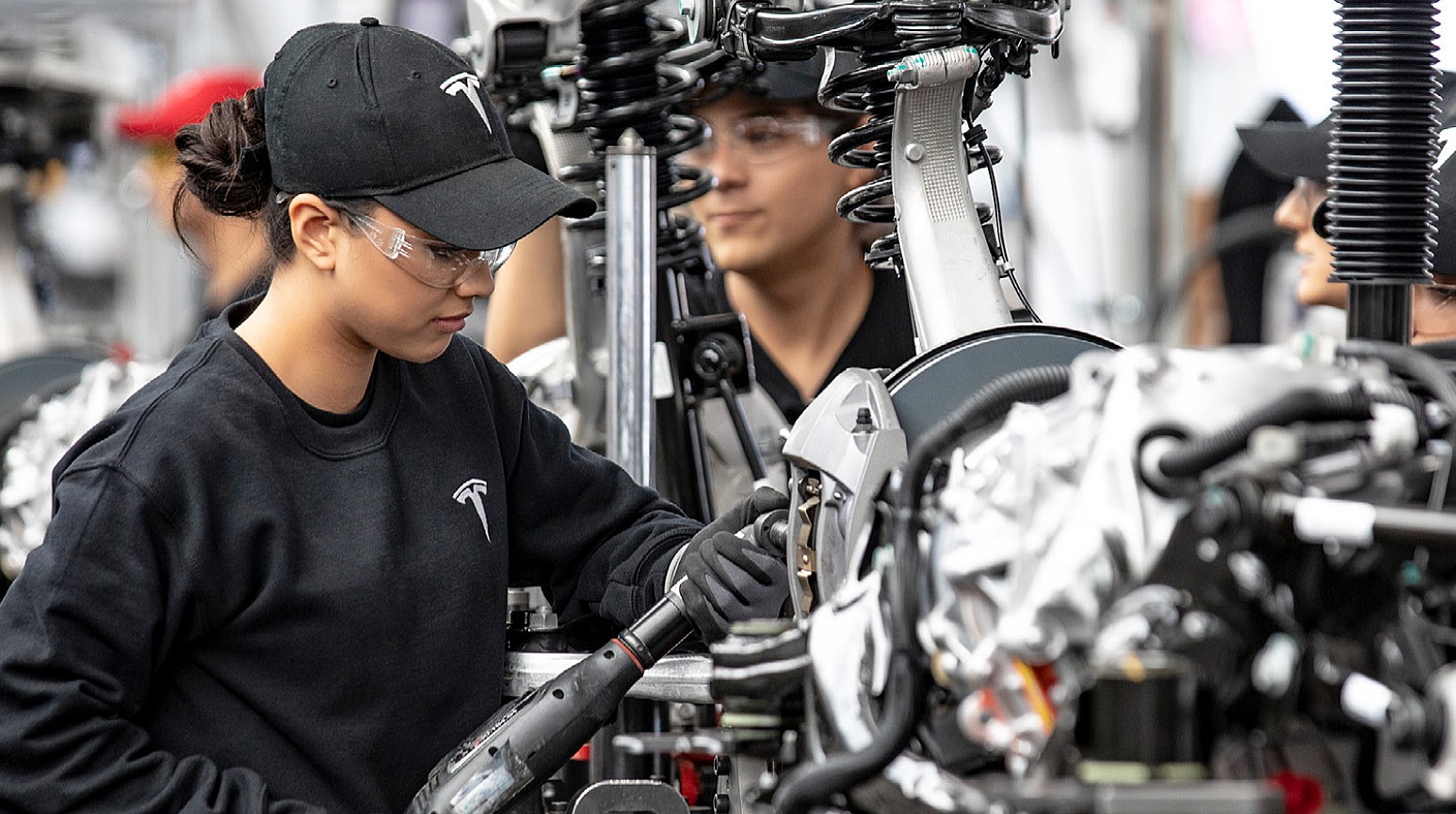
After Secretary of Commerce Howard Lutnick made adjustments to the automotive tariff program that was initially announced, many quickly pointed to the reprieve as “Tesla-friendly.”
While that may be the case right now, it was also a nudge of encouragement to other companies, Tesla included, to source parts from the U.S. in an effort to strengthen domestic manufacturing. Many companies are close, and it will only take a handful of improvements to save themselves from tariffs on their cars as well.
Yesterday, Sec. Lutnick confirmed that cars manufactured with at least 85 percent of domestic content will face zero tariffs. Additionally, U.S. automakers would receive credit up to 15 percent of the value of vehicles to offset the cost of imported parts.
Big Tesla win? Sec Lutnick says cars with 85% domestic content will face zero tariffs
“This is ‘finish your cars in America and you win’,” Lutnick said.
Many were quick to point out that only three vehicles currently qualify for this zero-tariff threshold: all three are Teslas.
However, according to Kelley Blue Book’s most recent study that revealed who makes the most American cars, there are a lot of vehicles that are extremely close to also qualifying for these tariff reductions.
Tesla has three vehicles that are within five percent, while Ford, Honda, Jeep, Chevrolet, GMC, and Volkswagen have many within just ten percent of the threshold.
Tesla completely dominates Kogod School’s 2024 Made in America Auto Index
It is within reach for many.
Right now, it is easy to see why some people might think this is a benefit for Tesla and Tesla only.
But it’s not, because Tesla has its Cybertruck, Model S, and Model X just a few percentage points outside of that 85 percent cutoff. They, too, will feel the effects of the broader strategy that the Trump administration is using to prioritize domestic manufacturing and employment. More building in America means more jobs for Americans.
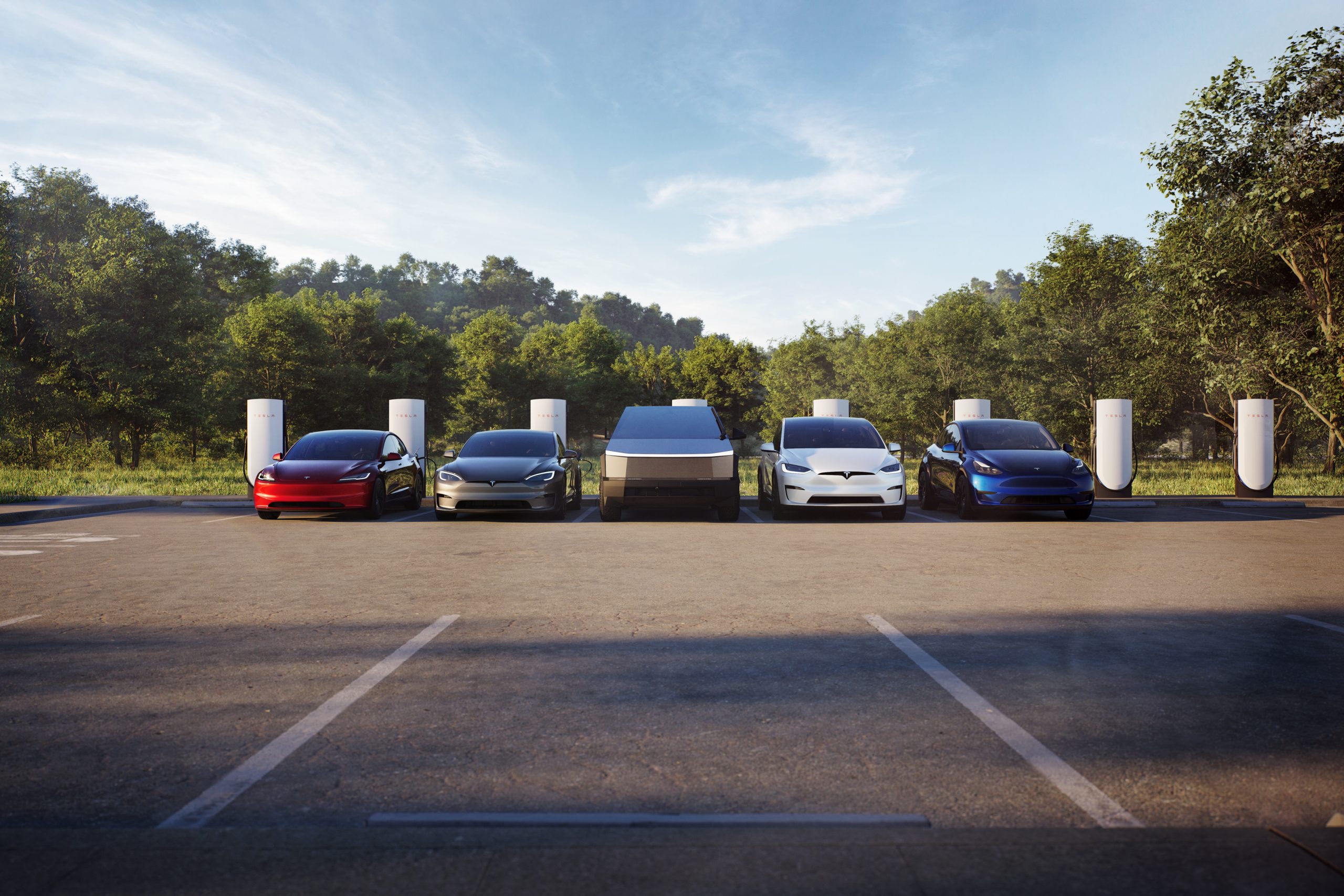
Credit: Tesla
However, other companies that are very close to the 85 percent cutoff are only a few components away from also saving themselves the hassle of the tariffs.
Ford has the following vehicles within just five percent of the 85 percent threshold:
- Ford Mustang GT automatic (80%)
- Ford Mustang GT 5.0 (80%)
- Ford Mustang GT Coupe Premium (80%)
Honda has several within ten percent:
- Honda Passport All-Wheel-Drive (76.5%)
- Honda Passport Trailsport (76.5)
Jeep has two cars:
- Jeep Wrangler Rubicon (76%)
- Jeep Wrangler Sahara (76%)
Volkswagen has one with the ID.4 AWD 82-kWh (75.5%). GMC has two at 75.5% with the Canyon AT4 Crew Cab 4WD and the Canyon Denali Crew Cab 4WD.
Chevrolet has several:
- Chevrolet Colorado 2.7-liter (75.5%)
- Chevrolet Colorado LT Crew Cab 2WD 2.7-liter (75.5%)
- Chevrolet Colorado Z71 Crew Cab 4WD 2.7-liter (75.5%)
These companies are close to reaching the 85% threshold, but adjustments need to be made to work toward that number.
Anything from seats to fabric to glass can be swapped out for American-made products, making these cars more domestically sourced and thus qualifying them for the zero-tariff boundary.
Frank DuBois of American University said that manufacturers like to see stability in their relationships with suppliers and major trade partners. He said that Trump’s tariff plan could cause “a period of real instability,” but it will only be temporary.
Now is the time to push American manufacturing forward, solidifying a future with more U.S.-made vehicles and creating more domestic jobs. Tesla will also need to scramble to make adjustments to its vehicles that are below 85%.
News
Tesla Cybertruck RWD production in full swing at Giga Texas
Videos of several freshly produced Cybertruck LR RWD units were shared on social media platform X.
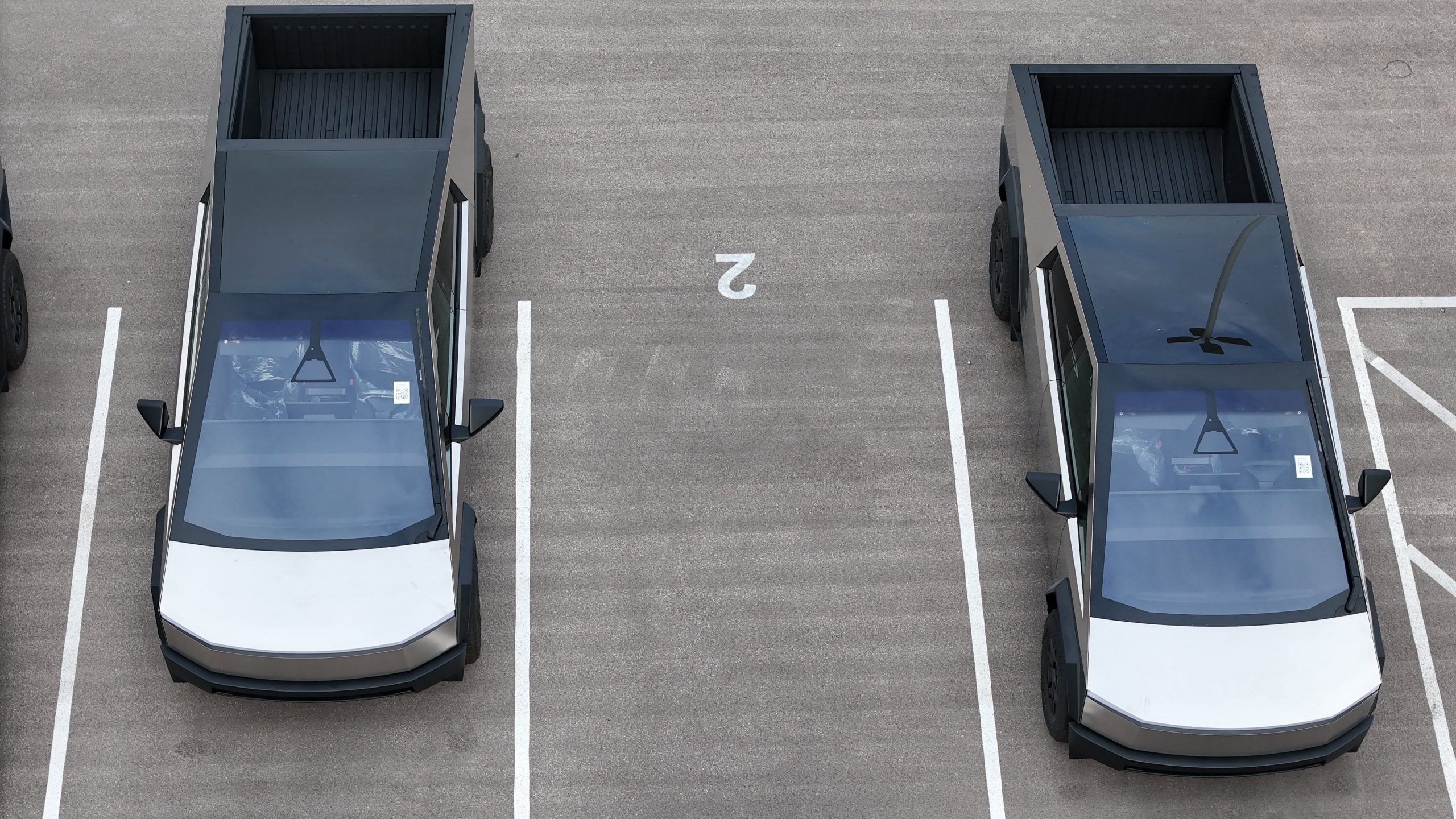
It appears that Tesla is indeed ramping the production of the Cybertruck Long Range Rear Wheel Drive (LR RWD), the most affordable variant of the brutalist all-electric pickup truck.
Videos of several freshly produced Cybertruck LR RWD units were shared on social media platform X.
Giga Texas Footage
As per longtime Tesla watcher Joe Tegtmeyer, Giga, Texas, was a hotbed of activity when he conducted his recent drone flyover. Apart from what seemed to be Cybercab castings being gathered in the complex, a good number of Cybertruck LR RWD units could also be seen in the facility’s staging area. The Cybertruck LR RWD units are quite easy to spot since they are not equipped with the motorized tonneau cover that is standard on the Cybertruck AWD and Cyberbeast.
The presence of the Cybertruck LR RWD units in Giga Texas’ staging area suggests that Tesla is ramping the production of the base all-electric pickup truck. This bodes well for the vehicle, which is still premium priced despite missing a good number of features that are standard in the Cybertruck AWD and Cyberbeast.
Cybertruck Long Range RWD Specs
The Cybertruck LR RWD is priced at $69,990 before incentives, making it $10,000 more affordable than the Cybertruck AWD. For its price, the Cybertruck Long Range RWD offers a range of 350 miles per charge if equipped with its 18” standard Wheels. It can also add up to 147 miles of range in 15 minutes using a Tesla Supercharger.
Much of the cost-cutting measures taken by Tesla are evident in the cabin of the Cybertruck LR RWD. This could be seen in its textile seats, standard console, seven-speaker audio system with no active noise cancellation, and lack of a 9.4” second-row display. It is also missing the motorized tonneau cover, the 2x 120V and 1x 240V power outlets on the bed, and the 2x 120V power outlets in the cabin. It is also equipped with an adaptive coil spring suspension instead of the adaptive air suspension in the Cybertruck AWD and Cyberbeast.
-

 News1 week ago
News1 week agoTesla’s Hollywood Diner is finally getting close to opening
-

 Elon Musk2 weeks ago
Elon Musk2 weeks agoTesla doubles down on Robotaxi launch date, putting a big bet on its timeline
-

 News5 days ago
News5 days agoTesla is trying to make a statement with its Q2 delivery numbers
-

 News2 weeks ago
News2 weeks agoTesla’s top investor questions ahead of the Q1 2025 earnings call
-

 Investor's Corner1 week ago
Investor's Corner1 week agoLIVE BLOG: Tesla (TSLA) Q1 2025 Company Update and earnings call
-
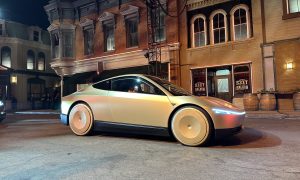
 Elon Musk2 weeks ago
Elon Musk2 weeks agoTesla reportedly suspended Cybercab and Semi parts order amid tariff war: Reuters
-
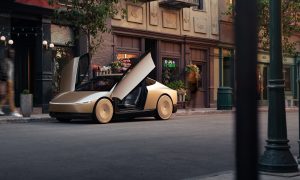
 Elon Musk2 weeks ago
Elon Musk2 weeks agoElon Musk continues to push optimistic goal for Tesla Full Self-Driving
-
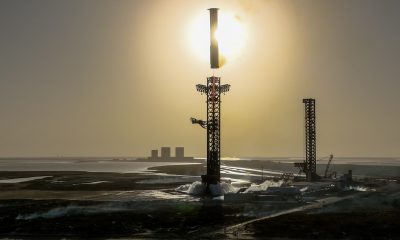
 SpaceX2 weeks ago
SpaceX2 weeks agoSpaceX pitches subscription model for Trump’s Golden Dome


